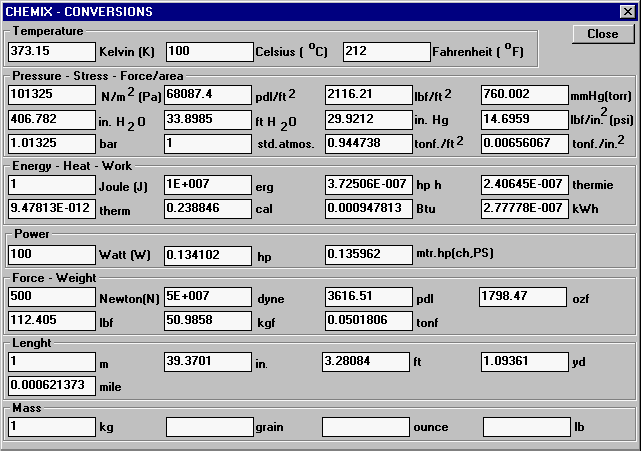Getting The Inches To Centimenter To Work
Wiki Article
The Only Guide for Inches To Centimenter
Table of ContentsFascination About Inches To CentimenterThe smart Trick of Inches To Centimenter That Nobody is DiscussingThe Facts About Inches To Centimenter UncoveredThe Best Strategy To Use For Inches To Centimenter
This makes discovering Device Conversion Device a snap and also will boost your efficiency drastically while flattening the learning curve. You can save great deals of time by utilizing the global converter as it functions in offline setting also. And also it supplies you precise conversion results in nearly all systems offered for measurements.99% precise answer (inches to centimenter). Considering that Universal Converter application is available free on shop for all platforms, just download and install the application from shop, mount the application on your smart device as well as open up the app, pick your conversion devices and then key in the value and also click on 'Convert' for outcomes. This application is easy to use user interface with offering immediate as well as accurate result.
This confirms to be a best option for area job as well as you are practically ensured to discover the precise conversion device when required! User pleasant User interface Offers Accurate Result Instantaneous Result No need for Net Connection Provides converted result in all Possible Devices Universal Converter gives an exact and instantaneous output to all inputs.

The Of Inches To Centimenter
Thanks for your survey (inches to centimenter). Sending out conclusionBelow is an useful and useful reader-contributed system conversion utility which has been submitted for addition to the main Revit SDK examples. One major point discussed there is the truth that Revit inside uses a fixed collection of inner data source systems which can not be transformed.
The message states the straightforward device converter provided by the Midas, Link sample, that makes usage of hard-wired self-maintained conversion constants, and recommends a basic hands-on hand-operated method for establishing any called for conversion aspect (inches to centimenter). The device conversion energy presented below demonstrates how this procedure can be automated to prevent the need for any kind of hard-coded conversion factors in all.
One use this is to convert and also display the internal Revit data source systems to whatever units the user likes to see in the interface. It would certainly be good to access this functionality from our outside add-in applications too, rather of preserving our own conversion routines. We currently went over one concept for a method to access the interior Revit functionality to format unit strings making use of the As, Value, String and Establish, Value, String methods on the Criterion course.
Inches To Centimenter Fundamentals Explained
For efficiency' sake, we also mention another area associated to systems that we touched on briefly, the exploration of unit types and also layout options by Matt and also Saikat. The appropriately name find here Device, Conversion energy presented below shows accessing the interior Revit device taking care of performance to apply the inverse direction also, as well as additionally provides an useful interface for establishing and testing system dealing with capability and also conversion elements.

If your task units for Size are readied to inches, and you store into a parameter making use of Set, Value, String the string value for 12, Revit will automatically convert 12 inches right into 1 foot as well as truly keep the worth of 1 for you right into the criterion. Making Use Of Set, Value, String, you do not even have to recognize that Revit has an internal system of action, let alone what those units of action are. inches to centimenter.
An Unbiased View of Inches To Centimenter
If, for instance, your task systems for Length are established to centimetres and you send out the string worth: 18" (with the routing double quotes), Revit will translate that as eighteen inches and will certainly store the worth 1. 5 (one as well as a half feet) into your imp source specification for you. As one more example, having your project systems for Length readied to meters and also using Establish, Value, String with the worth: 2' 3" (including the single and dual quotes) will save the worth 2.Revit recognizes how to do all the string parsing for you, and will certainly toss an exception if you try to send it something it can not interpret. An identical reverse function called As, Value, String likewise exists in the Revit API. This will transform a specification's inner value back to the string depiction for the existing project devices.
5, calling As, Worth, String will certainly return the string 3' 6". Utilizing this understanding, it is possible to compose techniques which can be utilized to assist address the system conversion issue a lot more conveniently. We can create a feature to return the scale variable (multiplier) that is needed for a details set of systems of procedure.
If we desire to save 1000 CFM right into Revit, we have to keep the value 16. For the mathematically likely, this scale aspect equates to 1/60, which informs us the interior units Revit utilizes for air circulation are Cubic-Feet-per-Second. inches to centimenter.
Report this wiki page